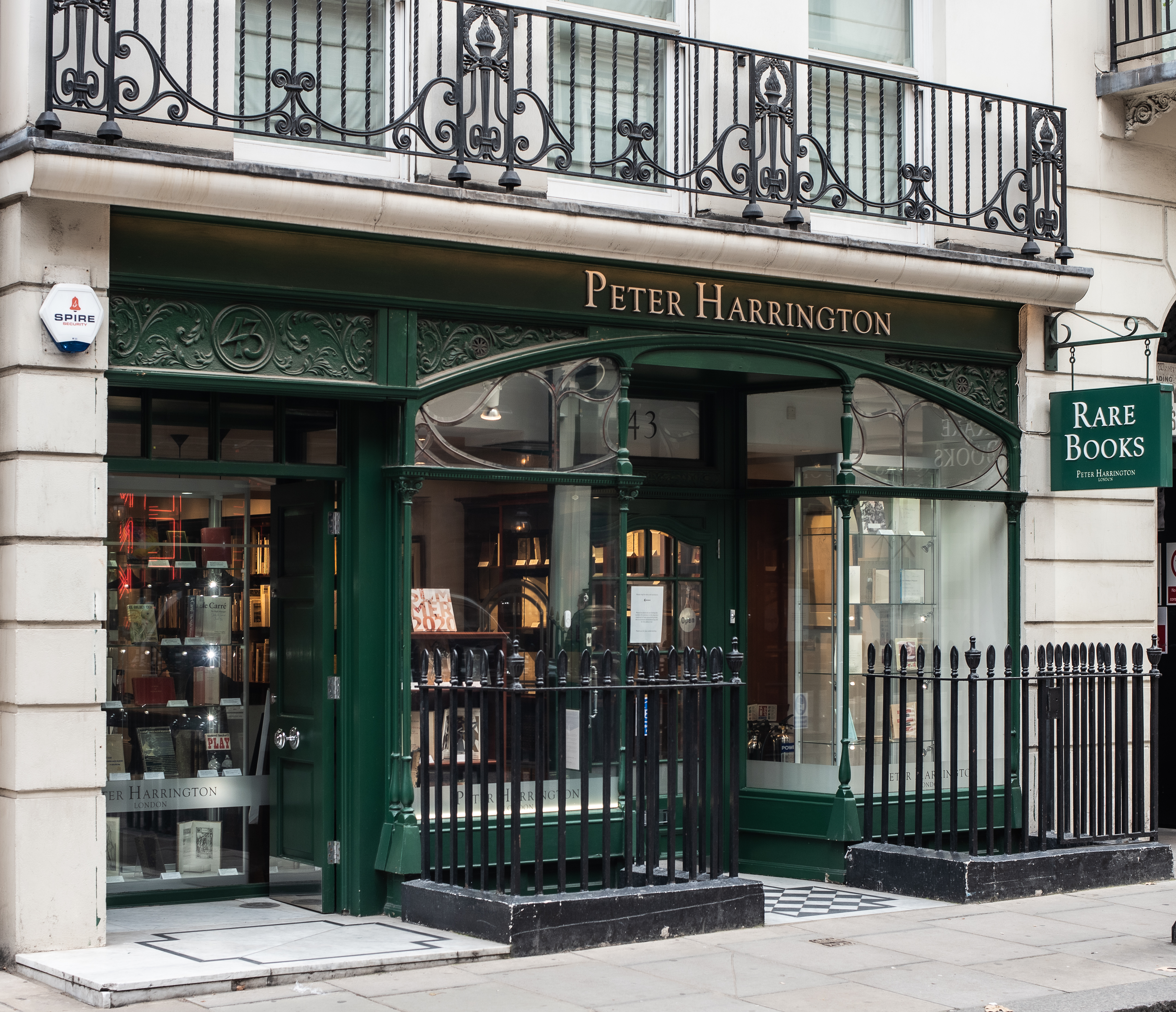Paris: The Paris Book Club,, 1918. Beautifully illustrated life of the Prophet First edition in English, number 171 of 875 copies on handmade paper. This handsome book is a fascinating collaboration between the artist Étienne Dinet, the Berber essayist Sliman ben Ibrahim, and his compatriot, the distinguished Algerian calligrapher and miniaturist Mohammad Racim; it is a "substantial work of scholarship and deliberate proselytizing" which drew on "authorized Arabic sources" (Beaulieu & Roberts, p. 61). Étienne Dinet (1861-1929) trained at the Beaux-Arts de Paris and the Académie Julian. In 1884-5 he made his first visits to Bou Saada in northern Algeria and was profoundly inspired by the landscape, people, and culture of Muslim North Africa. He spent much of the rest of his life in the country, in 1913 formerly converting to Islam, and in 1929 undertaking the Hajj. He is often cited as "one of the very first users of the term 'Islamophobia' to denounce colonialist ideology" (Prier). "It is from a desire to produce a specifically Muslim perspective, free of Orientalist distortions, that La Vie de Mohammed, Prophète d'Allah... (significantly dated as completed 27th Ramadan 1334 / 28 July 1916) results" (Vakil). The artist and writer remark in their preface that "our scaffolding and sketches are borrowed from very ancient authors such as Ibn Hisham, Ibn Sad, etc., without forgetting a more modern writer, Ali Borhan id-Din Al-Halabi who, in his book known by the title of 'Es Sirat'al Halabia,' gathered together different versions from all the best-known historians". Dinet's illustrations here focus sensitively on the religious practices and sites of Islam rather than scenes from the life of the Prophet and include the Hajj and the breaking of the Ramadan fast. The dedication reads, "this work is dedicated by the author-painter and his Arab collaborator to the memory of the valiant Moslem soldiers, particularly those of France and England who, in the sacred cause of right, justice and humanity have piously sacrificed their lives in the Great War of the nations". Dinet's collaborator was his close friend and travelling companion, Sliman ben Ibrahim (1870-1953), who also acted as his religious mentor after the artist's conversion to Islam. Mohammed Racim (1896-1975), who supplied the exquisite illuminations, came from a distinguished family of artists of Turkish heritage. "It was Dinet who offered him his first commission... designing fifteen full-page decorative medallions containing Koranic inscriptions in Arabic. These were to ornament an illustrated Vie de Mohammed" (ibid., p. 61). The Life of Mohammad, originally issued in French in the same year, was put out by the distinguished Parisian publisher Henry Piazza at the request of the Ministère des Armées. It is well represented institutionally but just four copies are listed in UK institutions: Cardiff, Leeds, Newcastle, and SOAS; no copy at the British Library. Ostensibly a characteristic "picture book" of the period, this lavish publication conceals another agenda and marks an important contribution to the literature of the West's ongoing engagement with Islam. Quarto. With 35 colour plates by Dinet, 12 colour ornamental pages by Mohammad Racim (all with captioned fine-paper guards), map of the Hejaz, title page headpieces and initials printed in red. Original dark blue cloth, gilt-lettered spine, front cover bearing the Khatam an-Nabayyin or Seal of the Prophets in gilt, grey marbled endpapers, top edge gilt. Armorial bookplate of Alexander D. Irwin, presumably the "gentleman farmer" of that name, owner of the substantial Irwin Estate at Upper Merion Township, Pennsylvania; Brentano's ticket to rear pastedown. Binding just a little rubbed at extremities, a few scuffs to covers, inner hinge cracked at title page, yet this remains a very good copy. Jill Beaulieu & Mary Roberts, eds., Orientalism's Interlocutors: Painting, Architecture, Photography, 2002; Pierre Prier, "Étienne Dinet: French painter, orientalist and Muslim", Orient XXI, July 2015; AbdoolKarim Vakil, "Is the Islam in Islamophobia the same as the Islam in Anti-Islam; or, When is it Islamophobia time?", OpenEdition Journals accessible online.



















